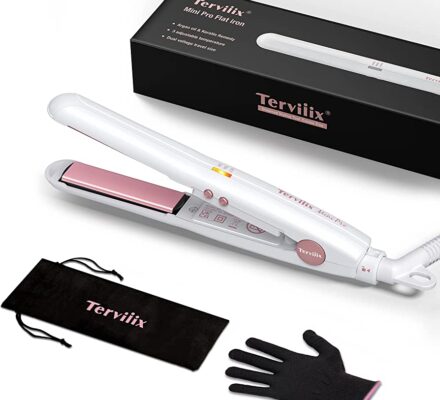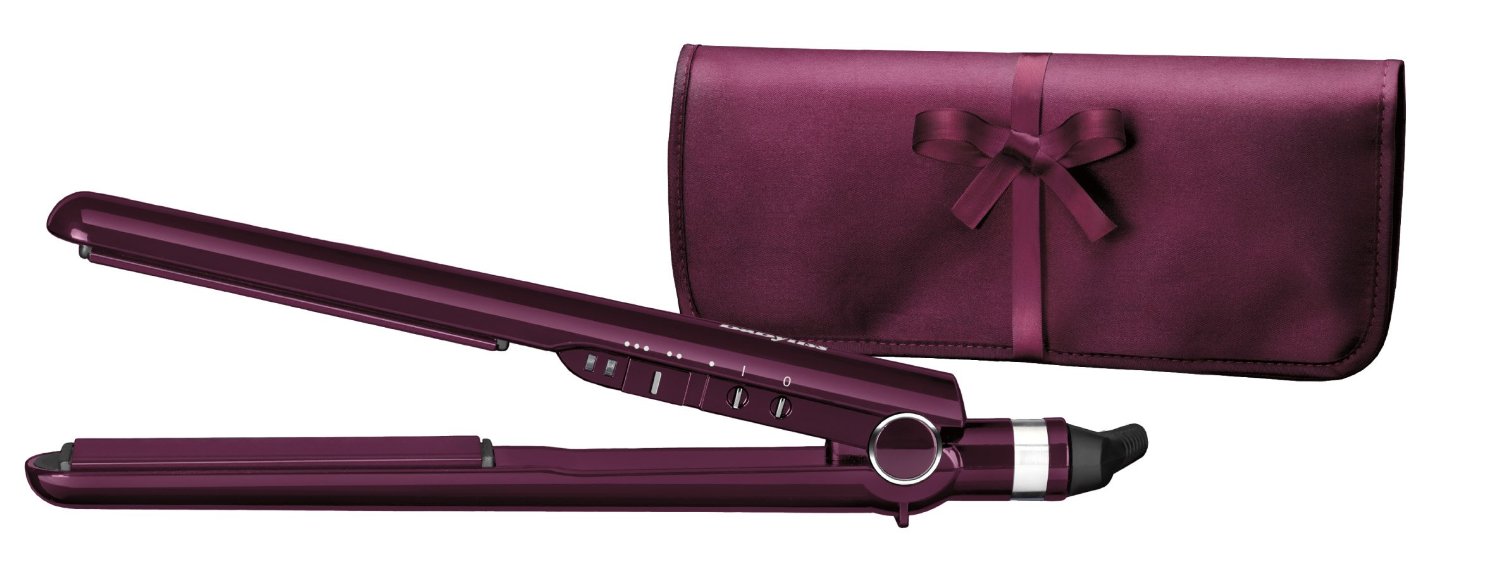So, you’ve probably heard about infrared hair straighteners and how they’re all the rage in the beauty world. But how exactly do they work their magic? Well, infrared hair straighteners use a unique technology that harnesses infrared light to straighten your hair, leaving it sleek and shiny. Unlike traditional hair straighteners that rely solely on heat, infrared hair straighteners work by penetrating the hair shaft and heating it from the inside out. This not only reduces damage to your hair, but also locks in moisture, resulting in salon-worthy locks that are healthy and frizz-free. Pretty amazing, right?
How Do Infrared Hair Straighteners Work?
Explanation of Infrared Radiation
Infrared radiation is a type of electromagnetic radiation that exists on the electromagnetic spectrum, with wavelengths longer than those of visible light. This invisible form of radiation is commonly emitted by heated objects and can be absorbed by the human body. Infrared rays have the ability to penetrate deeply into the hair strands, providing a more efficient and effective method of hair straightening.
Overview of Hair Structure
To understand how infrared hair straighteners work, it is important to have a basic understanding of the structure of our hair. Each strand of hair consists of three layers: the cuticle, the cortex, and the medulla. The outermost layer called the cuticle is responsible for protecting the inner layers. The cortex, located beneath the cuticle, is responsible for the hair’s strength, flexibility, and colour. The medulla, which can be found in some hair types, is the innermost layer that provides additional support.
Heating Mechanism of Infrared Hair Straighteners
Traditional hair straighteners work by using heated metal plates to clamp down on the hair and style it through the conduction of heat. Infrared hair straighteners, on the other hand, utilize infrared rays to heat the hair from within. These straighteners generally have ceramic or tourmaline plates that emit infrared radiation when heated. The infrared rays penetrate the hair cuticle and heat the cortex directly, resulting in faster and more even straightening.
Benefits of Infrared Hair Straighteners
There are several benefits associated with using infrared hair straighteners. Firstly, these straighteners are known to produce consistent heat, which results in a more uniform straightening experience. Additionally, the infrared rays emitted by these devices help to seal the moisture within the hair, reducing frizz and leaving the hair looking smoother and shinier. Furthermore, infrared hair straighteners generally require lower temperatures compared to traditional straighteners, minimizing the risk of heat damage to the hair.
Efficacy of Infrared Hair Straighteners
Infrared hair straighteners have been proven to be highly effective in achieving straight and sleek hair. The infrared rays emitted by these straighteners work to break down the hydrogen bonds within the hair, allowing for temporary reshaping and straightening. This means that even those with naturally curly or wavy hair can achieve the smooth and sleek look they desire.
Damage Reduction with Infrared Technology
One of the key advantages of using infrared hair straighteners is the reduced risk of damage compared to traditional straighteners. The even and gentle heat provided by infrared rays ensures that the hair is less prone to undergoing thermal stress, which can lead to breakage and dryness. Moreover, infrared technology helps to seal the hair cuticle, locking in moisture and protecting it from external damage. This results in stronger, healthier, and more manageable hair.
Types of Infrared Hair Straighteners
There are various types of infrared hair straighteners available in the market, catering to different preferences and hair types. Some models feature adjustable heat settings to accommodate different hair textures and thicknesses. Others may come with additional features such as ionic technology or steam infusion, which enhance the straightening process and further improve the overall hair condition. It is recommended to choose a straightener that suits your specific needs and hair requirements.
Differentiating Infrared Straighteners from Traditional Straighteners
Infrared hair straighteners differ from traditional straighteners primarily in the way they heat and straighten the hair. Traditional straighteners rely on direct heat conduction through metal plates, while infrared straighteners utilize the power of infrared radiation to penetrate the hair shafts and heat the hair from within. The use of infrared technology not only results in a more efficient straightening process but also minimizes the risk of damage to the hair.
Step-by-Step Process of Using an Infrared Hair Straightener
Using an infrared hair straightener is quite similar to using a traditional straightener, with a few minor differences. Here is a step-by-step process to help you achieve those perfectly straight locks:
- Start with clean, dry hair. It is essential to have dry hair before using any straightening device to minimize the risk of damage.
- Divide your hair into sections. This allows for a more systematic and thorough straightening process.
- Adjust the heat settings on your infrared hair straightener according to your hair type and desired style. It is generally recommended to begin with a lower temperature and gradually increase it if needed.
- Starting with one section of hair, clamp the straightener near the roots and slowly glide it down towards the ends, following the natural direction of hair growth. Continue this process until all sections of hair are straightened.
- If desired, you can apply a heat protectant or serum before straightening to provide added protection to your hair.
- Once you have finished straightening, allow your hair to cool down before styling it further.
Precautions for Using Infrared Hair Straighteners
While infrared hair straighteners can be highly effective and safe to use, it is important to take certain precautions to prevent any potential damage:
- Avoid excessive or prolonged use of high heat settings. This can lead to dryness, breakage, and damage to the hair.
- Always use a heat protectant before applying heat to your hair. This helps to minimize the risk of thermal damage.
- Do not straighten wet or damp hair. Water in the hair can cause steam to be released, which can damage the hair shaft.
- Use the straightener in a well-ventilated area to prevent harmful fumes from accumulating.
- Regularly clean the plates of your infrared hair straightener to remove any product buildup or residue.
By following these precautions and utilizing the benefits of infrared technology, you can achieve beautifully straight hair while keeping it healthy and protected.



